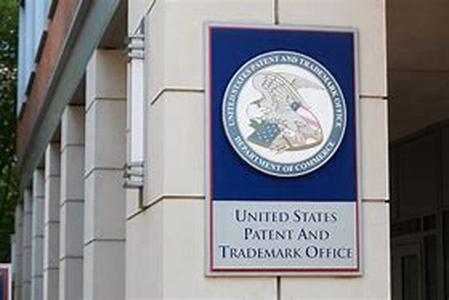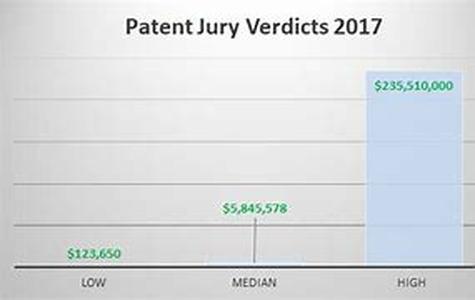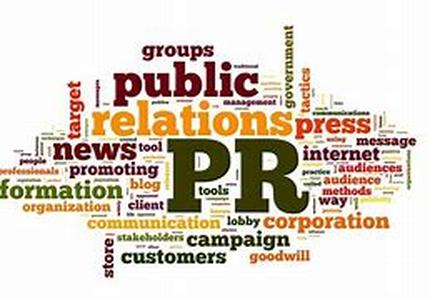
KWD: 15447 3.35USA Patent OfficeUSA Patent Office Is Tasked With Issuing Patents To Inventors. Patents Give Them The Right To Exclude Others From Making, Using, Selling Or Offering For Sale The Patented Invention In The United States. In Exchange For This Grant, The Inventors Must Disclose Their Invention To The Public In The Form Of A Patent Application. Most Of The Time, The Rejections Asserted By The USA Patent Office Examiner Are Due To The "patentability" Of The Invention. There Are Three USA Patent Office Basic Statutory "patentability" Requirements. To Be Patentable, An Invention Must Be:1. Useful 2. Novel And3. Nonobvious USA Patent Office Can Only Verify That The Description And Claims Per Description By Their Inventors Or Patent Attorneys, Are New, Unique, And Not Obvious To The USA Patent Office. The Novelty Requirement Of USA Patent Office Is Often Consider The Entry Test For Patentability. The Probably More Demanding, Non-obviousness Requirement Is Harder To Objectively Define. The Typical Way That An Examiner In USA Patent Office Shows Obviousness Is To Cite A Number Of Prior Art References That, When Combined As Suggested By Possibly Another Prior Art Reference, Contain All Of The Elements Of The Applicant's Invention. The USA Patent Office Examiners Do Not Verify That An Invention Works Or That It Can Ever Be, Or Never Has Been, Built. They Try Only To Correctly Verify That The Invention Is Patentable And Has Not Been Patented In The U.S. Before.Patents Are Issued By The USA Patent Office To Any Person Who Invents Or Discovers Any New And Useful Process, Machine, Manufacture, Or Composition Of Matter, Or Any New And Useful Improvement To An Already Patented Invention. Practically Anything Made By Humans, Subject To The Conditions And Requirements Of The Law, Is Patentable. A Patent Is Granted By USA Patent Office Upon The Invention, Not Upon Merely The Idea Or Suggestion Of A New Invention. Two Or More Inventors May Apply For A Patent In USA Patent Office As Joint Inventors Though They Did Not Physically Work Together On An Invention, Did Not Contribute Equally To The Invention Or Their Contribution Is Not Represented In Every Claim Of The Invention. However, Each Inventor Must Claim Some Role In The Final Conception Of The Invention. An Investor Or Venture Capitalist Is Not A Joint Inventor And Cannot Be Named In The Application To The USA Patent Office As An Inventor. If The Inventor Refuses To Sign The Application To The USA Patent Office Or Cannot Be Found, A Joint Inventor Or A Person Having A Proprietary Interest In The Invention May Apply For A Patent To The USA Patent Office On Behalf Of The Refusing Inventor.





